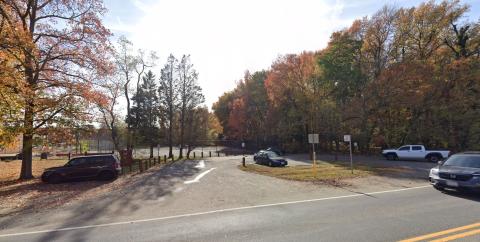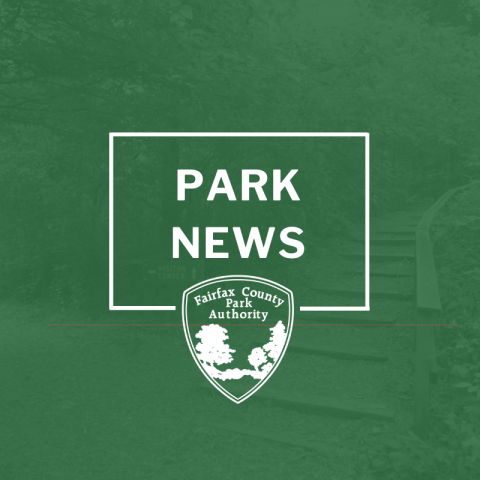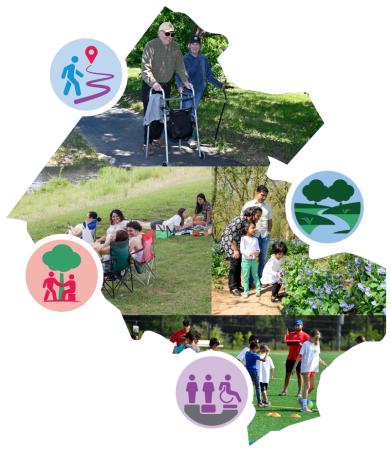Planning News

The Fairfax County Park Authority is undertaking significant revitalization projects at Oakmont and Franconia Rec Centers.

The Fairfax County Park Authority will soon begin revitalization work at Hybla Valley Park.

The Fairfax County Park Authority invites the community to a public meeting to discuss the Olander and Margaret Banks Neighborhood Park.

The Fairfax County Park Authority is launching the Parks Count! 2026 Parks Needs Assessment.

Beginning March 17, the Cross County Trail in Pohick Stream Valley Park between Cliff Forest Drive and Wadebrook Terrace will be temporarily closed. Here's why.

The Fairfax County Park Authority will soon begin renovating the tennis and pickleball court areas at Wakefield Park.

As pickleball continues to grow in popularity across Fairfax County, the Park Authority is exploring ways to enhance recreational offerings and provide additional facilities.

The Fairfax County Park Authority has received and accepted an unsolicited proposal under the provisions of the Public-Private Education Facilities and Infrastructure Act of 2002 (PPEA) for the redevelopment of the barn at Grist Mill Park in the Mount Vernon District.

The meeting, originally scheduled for Wednesday, Jan. 8, will now take place on Thursday, Feb. 6.
The Fairfax County Park Authority invites the community to a special information meeting about the highly anticipated reopening of the Mount Vernon Rec Center.


